If you woke up one day with a red, cloudy, or painful eye, you’d likely visit your doctor as soon as possible. The same goes for your pet—any change in their eyes may indicate an underlying problem. Some eye issues in pets are minor and resolve independently, but others can be serious and may threaten your pet’s long-term eye health or vision.
Because mild and severe eye issues in pets can present with similar signs, you should take your pet to Envision More Veterinary Ophthalmology for our team’s expert diagnosis and treatment. Here are some explanations of common clinical signs in your pet that warrant an ocular examination.
#1: Eye redness in pets
Eye redness indicates inflammation on the surface or deeper inside the eye. Nearly any eye disease, from mild to severe, can cause eye redness, including conjunctivitis, glaucoma, uveitis, and dry eye. Because long-standing inflammation is the eye’s worst enemy and can lead to scarring, pain, or vision loss, you should have your pet’s red eye checked out right away.
#2: Eye squinting in pets
Squinting is the most common—and sometimes only—indication of pet eye pain. While pets may squint temporarily because they have a hair or other irritant in their eye, squinting that persists for more than a few minutes is likely cause for concern. Corneal ulcers and inflammation commonly cause squinting, which can lead to infection, scarring, and eventual blindness or eye loss if left untreated. Eye squinting should be urgently evaluated to rule out a serious cause.
#3: Eye discharge or watering in pets
Eye discharge may be watery and clear, or thick, white, gray, or yellow-green, like mucous. Thick discharge commonly indicates dry eye, an infected eye ulcer, or conjunctivitis. Watery eye discharge occurs with chronic irritation from eyelid disorders, extra eyelashes, or problems with the tear duct drainage system. Internal eye pain from uveitis or glaucoma can also lead to chronic, watery tearing.
#4: Eye cloudiness in pets
Cloudiness on the eye’s surface indicates corneal fluid accumulation, which can be caused by painless, age-related changes or something more serious, such as glaucoma or an eye ulcer. Cloudiness inside the eye can result from cataracts or other age-related lens changes, or from inflammatory debris associated with uveitis. A cloudy eye could indicate an eye emergency.
#5: Eye rubbing in pets
Pets who rub at their eyes are commonly itching or in pain because of dry eye disease, eye ulcers, conjunctivitis, or eyelid disorders. These pets are uncomfortable and need treatment to find relief, and to prevent them from rubbing too hard and causing or worsening an eye injury.
#6: Vision changes in pets
As pets approach their senior years, their vision declines from nuclear sclerosis, which affects depth perception and fine detail—humans with this condition require reading glasses. Pets who experience more profound vision loss that impairs their daily functioning may have an underlying disease, such as cataracts, retinal detachment, retinal atrophy, glaucoma, or sudden acquired retinal degeneration syndrome (SARDS). While vision loss is typically irreversible, you should still have your pet checked to ensure their condition is not painful. Some progressive blindness conditions can be slowed down or reversed with a natural supplement called Ocu-Glo.
#7: Third eyelid elevation in pets
Pets have three eyelid sets compared with a human’s two—their third eyelid moves up from the inner eye corner if they need extra protection from irritation and the elements. The third eyelid should remain hidden from view most of the time, but can appear when the pet’s eye is irritated, painful, or affected by a neurologic condition. A red swelling attached to the third eyelid is called cherry eye, which can affect tear production and eye health, and requires surgical repair.
#8: Eye size changes or bulging in pets
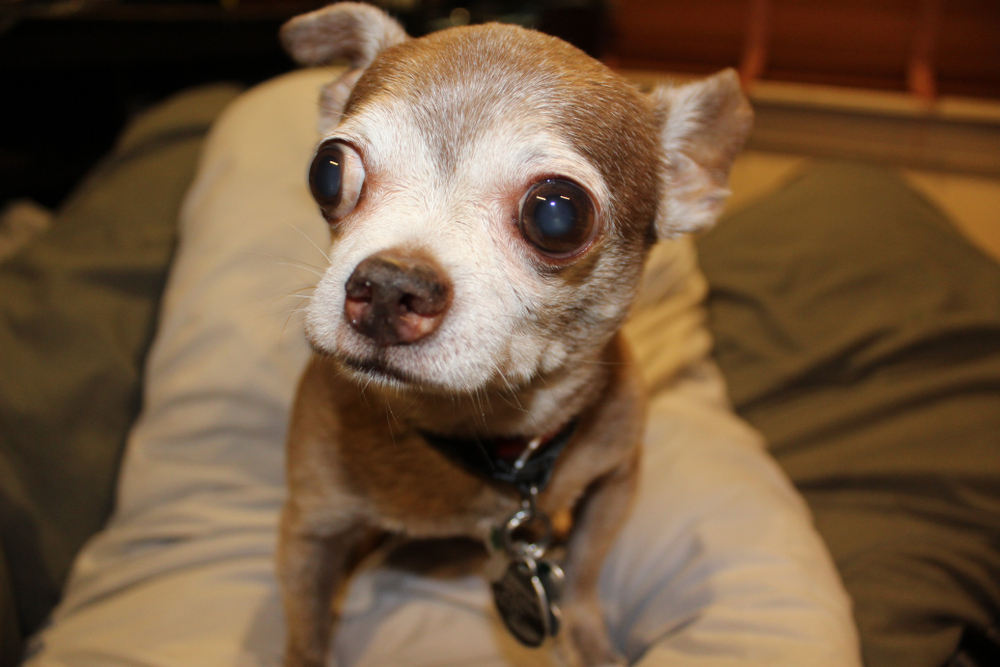
Trauma, glaucoma, corneal swelling, cancer, infections, or neurologic disorders can make one eye appear larger, smaller, more pushed forward, or sunken. These conditions can threaten your pet’s long-term vision and systemic health and warrant an urgent veterinary examination.
Eye conditions in pets commonly cause pain or discomfort, but many pets hide their pain and display only subtle signs, such as eye redness or squinting. Any change in your pet’s eye appearance or vision warrants an eye exam by your primary veterinarian or our Envision More Veterinary Ophthalmology team. Contact us with questions about your pet’s clinical eye signs or to schedule a visit for an ocular exam.

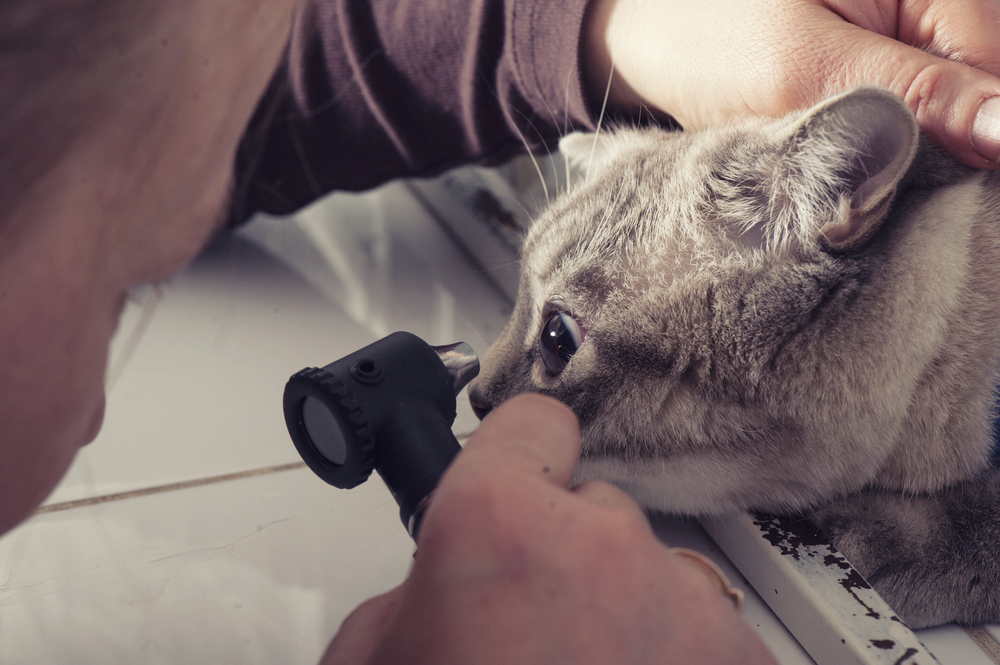
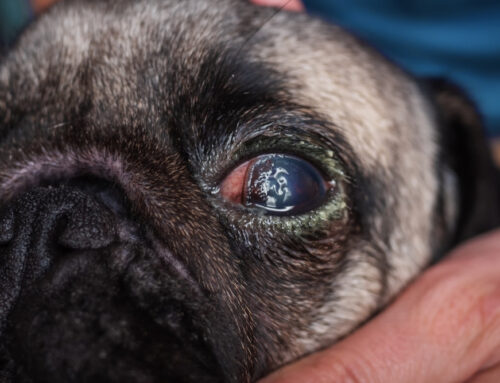
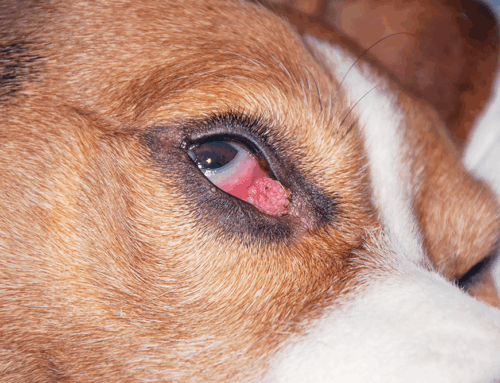
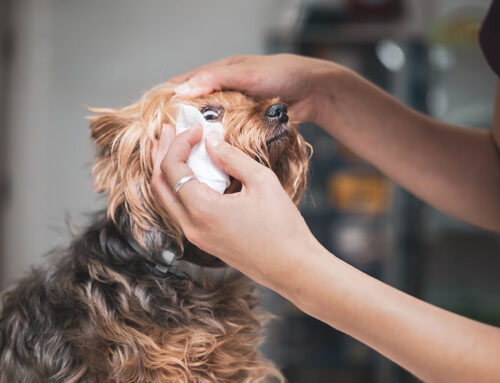
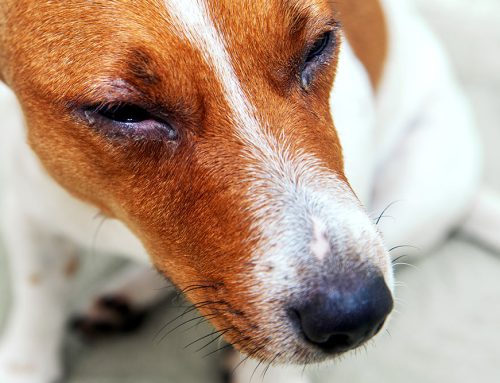

Leave A Comment